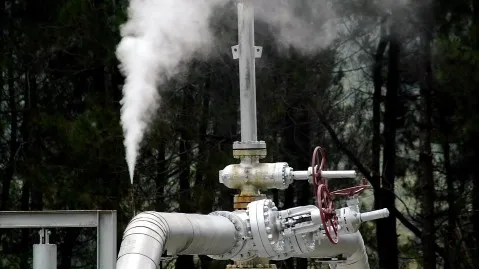
NTPC to decarbonise gas power plant
This includes the project for 5% co-firing of hydrogen at the Kawas gas power plant.
India's NTPC has signed a memorandum of understanding (MoU) with GE Gas Power to study pathways to reduce carbon dioxide emissions from the Kawas gas power plant.
In a statement, NTPC noted that the Kawas gas power plant consists of four GE 9E gas turbines operating in combined-cycle mode with an installed capacity of 645 megawatts.
Under the MoU GE Gas Power will assess the possible modifications in the gas turbine unit and auxiliaries to blend hydrogen with natural gas. Afterwards, they will implement a pilot project for 5% co-firing of hydrogen at the Kawas gas power plant based on the feasibility report.
READ MORE: NTPC acquires Jhabua Power
NTPC said it will provide the required hydrogen for the project.
The company said GE’s advanced E-Class gas turbine portfolio can burn up to 100% by volume of hydrogen when mixed with natural gas. This depends on the combustion system type used.
“For fuels with over 5% hydrogen by volume, gas turbine accessories need to be evaluated and possibly modified to reliably deliver the fuel to the combustors,” the statement read.

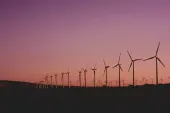

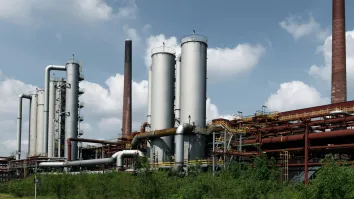
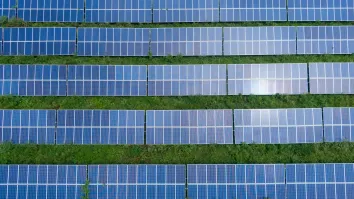
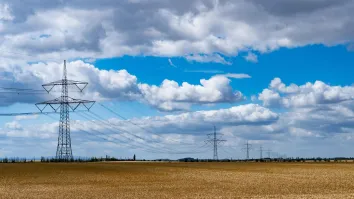













 Advertise
Advertise







